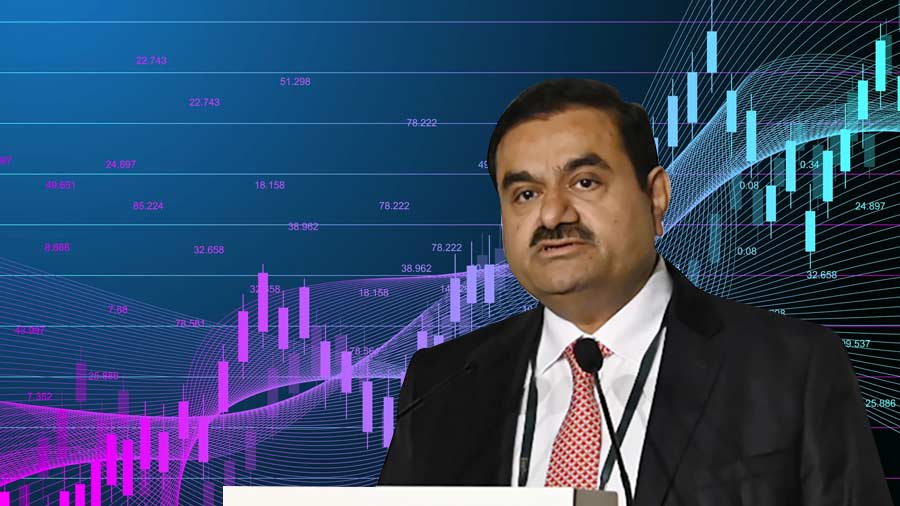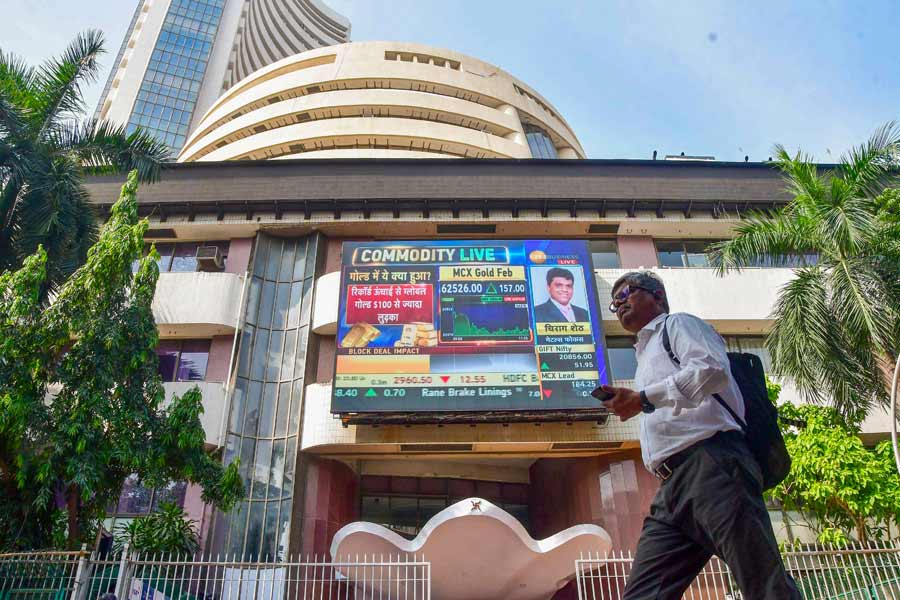Embattled Adani Group is looking at a 20 per cent growth in earnings across businesses spanning from sea ports to airports, edible oil and commodities, energy, cement and data centres, to repay about $23 billion of debt over the next three-four years, sources said.
Adani group executives have met bankers, bond holders, analysts and investors from Singapore to the US in the last three weeks to address stakeholders’ concerns in the aftermath of a damning Hindenburg report that ripped off $135 billion in market value.
Sources aware of the development said the Adanis at these roadshows presented the growth story of the sprawling conglomerate that is refocusing its energies on higher efficiency in business and bringing down debt rather than breakneck speed expansion.
The group saw a 20 per cent growth in EBITDA or earnings before interest, taxes, depreciation and amortisation, helping it to pare debt.
Between 2013 and 2022, earnings grew 22 per cent year-on-year. And a 20 per cent growth will help bring down the debt-to-EBITDA ratio from 7.6 per cent to 3 per cent by 2025, they said.
Debt/EBITDA is a ratio measuring the amount of income generated and fund available to pay down debt before covering interest, taxes, depreciation, and amortisation expenses.
Debt/EBITDA measures a company’s ability to pay off its incurred debt. A high ratio result could indicate a company has a too-heavy debt load.
Sources said the company management told investors that once the revenue increases, the debt ratio will come down.
Adani group’s current EBITDA stands at Rs 61,200 crore while its net debt stood at Rs 1.89 lakh crore (about $23 billion).
Since then, it has repaid $500 million and will repay most of the remaining debt in the next three-four years using earnings growth coming from cement, renewables, solar, ports and roads businesses, they said citing management’s conversation at the roadshows.
About 37 per cent of current debt is in bonds, 31 per cent is owed to public sector banks and another 8 per cent to private Indian banks.











